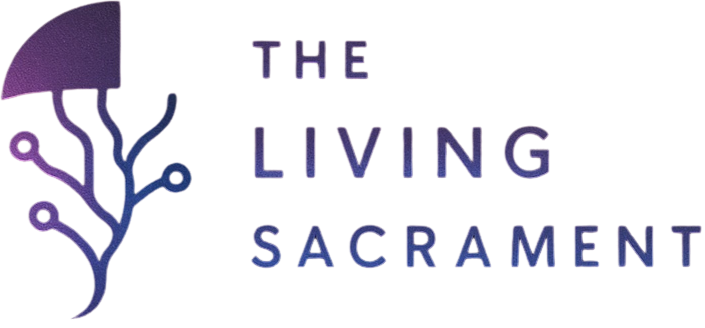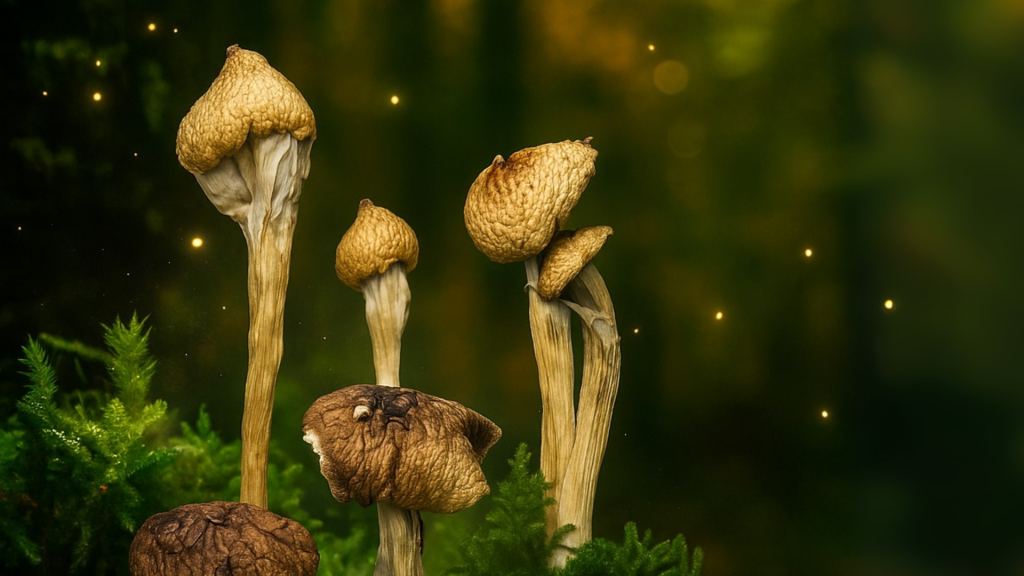Magic mushrooms are a group of fungi that contain the natural psychedelic compounds psilocybin and psilocin. These substances cause changes in perception, mood, and thought when consumed. But not all mushrooms are magic mushrooms. In fact, only certain species across a few genera produce psilocybin. So, what kind of mushrooms are considered magic mushrooms? Let’s explore what science tells us.
The Psilocybe Genus
The most famous and diverse group of magic mushrooms belongs to the Psilocybe genus.
- Over 140 species have been identified worldwide.
- Common examples include Psilocybe cubensis (the most widely known), Psilocybe semilanceata (the liberty cap), and Psilocybe azurescens (one of the most potent).
According to mycologist Gastón Guzmán, Psilocybe is the largest contributor of psilocybin-containing fungi worldwide, with species found on nearly every continent.
Other Genera That Contain Psilocybin
Although Psilocybe mushrooms are the most common, they aren’t the only ones. Scientific reviews and genetic studies show psilocybin appears in several other genera:
- Panaeolus: Includes species like Panaeolus cyanescens (also called “Blue Meanies”).
- Gymnopilus: Bright orange to rusty mushrooms that grow on wood, sometimes called “Laughing Gyms.”
- Pluteus: Includes Pluteus salicinus, often found on decaying wood.
- Conocybe: Rare species like Conocybe cyanopus contain psilocybin.
These mushrooms are less well-known but scientifically confirmed to carry the same active compounds.
Global Diversity
A global revision of hallucinogenic mushrooms noted that species diversity is not evenly distributed. For example:
- Psilocybe semilanceata is widespread in Europe and North America.
- Psilocybe cubensis thrives in tropical and subtropical regions.
- Psilocybe azurescens is native to the Pacific Northwest of the United States.
Altogether, more than 180 mushroom species across different genera are recognized as psilocybin-containing.
Why These Mushrooms Are “Magic”
What unites these diverse fungi is their ability to produce psilocybin, which the body converts into psilocin after ingestion. Psilocin binds to serotonin receptors in the brain, leading to altered sensory experiences and shifts in mood and consciousness. This biochemical pathway is the defining factor that makes a mushroom “magic.”
Putting It All Together
So, what kind of mushrooms are magic mushrooms? Primarily, they belong to the Psilocybe genus, but psilocybin is also found in other genera like Panaeolus, Gymnopilus, Pluteus, and Conocybe. Across the globe, more than 180 species share this unique chemical signature. Whether small and slender like the liberty cap, or large and golden like Psilocybe cubensis, these mushrooms all fall under the same “magic” category because of psilocybin.
Sources
- Guzmán G. Species Diversity of the Genus Psilocybe… with Special Attention to Hallucinogenic Properties. International Journal of Medicinal Mushrooms. 2005.
- University of the Free State et al. An Overview on the Taxonomy, Phylogenetics and Ecology of the Psychedelic Genera Psilocybe, Panaeolus, Pluteus and Gymnopilus. 2022.
- Ramírez-Cruz V. et al. DNA Barcoding in Psilocybe and the Discovery of New Species. Applied and Environmental Microbiology. 2022.

